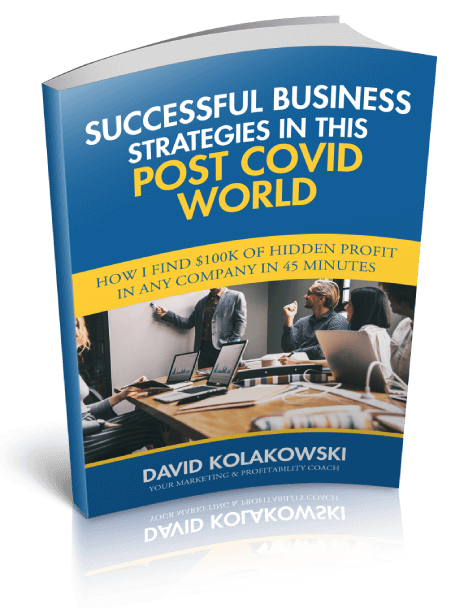In the last post we covered the first two of the 5 biggest mistakes you can make in dealing with big fish clients. Today we’ll cover the third and fourth ones: Taking on More Than You Can Handle.
When you take on too much, your business can’t keep up and therefore you can easily lose control of everything and find yourself barely functioning. You want your business to be successful, no doubt, but you need to have a plan for how you will handle the growth. Your clients expect great customer service and high-quality products/services, they don’t know or care about your behind-the-scenes operations to get those things done.
- Look for these signs that you are taking on more than you can handle:
- Clients’ needs aren’t being met.
- Employee morale is low, clients are upset and you’re in a panic.
- You have to react in emergency mode to save accounts.
- Your current clients are suffering from trying to keep up with new business.
- Profits are going down.
- You are just trying to pick up the pieces of your business.
- Your clients/customers leave.
- Resources are being reallocated.
There is a trick called the Mock Fish Plan. This plan can help you react positively when you are facing some or all of these things and help you get your business back on track. This plan will:
- Help increase sales in a short period of time.
- Alter your products/services for the better.
- Fulfill promises you made to your clients.
There are six steps to this plan:
- Bring in your best team and have them all help to meet the fish’s needs.
- Review your operational system.
- Anticipate future problems better.
- Communicate better.
- Include costs in your quotes.
- Always have a back-up plan.
All Your Eggs in One Basket
You can allow your company to become dependent on any one fish. Eventually or for certain periods there is going to be a slowing down period with your fish. To stay in the game, you need to diversify.
If you’ve ever mishandled a fish, you could drive away potential fish as well. In order to keep balance and prepare for a strong future, there are a few things you can do.
- These things include:
- Stay in the loop and try to know what’s going on inside your fish’s company.
- Constantly reinvent yourself and stay at the top of your industry.
- Stay exclusive.
- Try to secure multi-year commitments and contracts.
- Spread your contracts out.
- Price your products/services correctly.
You also need to work to reduce your dependency on your fish. This can generally be measured in sales or profits. Take a look back at the process we’ve used thus far to snag more fish to keep this all in balance.
These are the ways you can help avoid the killer mistakes that can make you lose it all. If you need help with any of these tips or tricks, try our FREE test drive to get the help you need fast.
Next time we’ll talk about the last of the killer mistakes and how to combat it from hitting your business hard.



